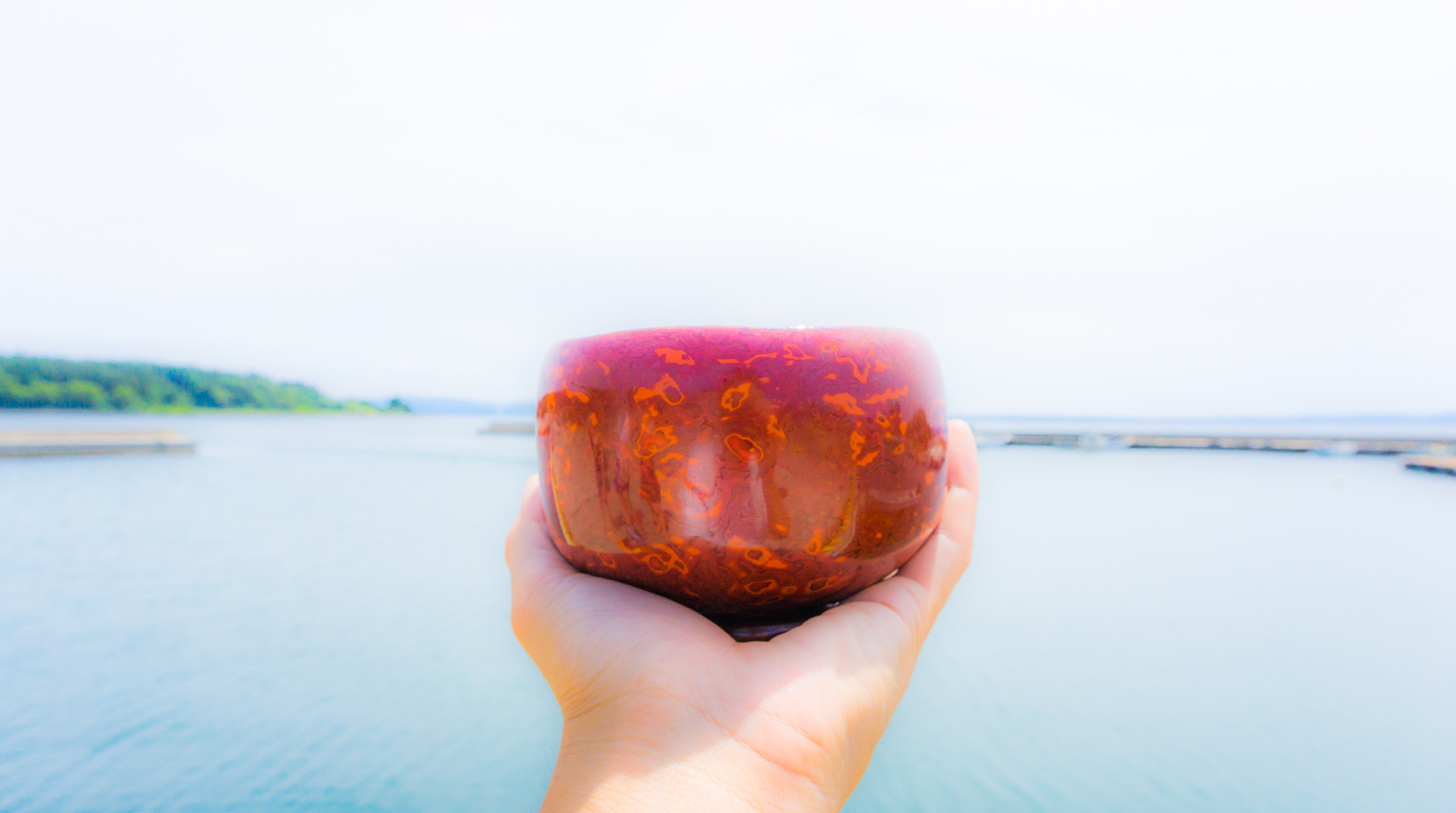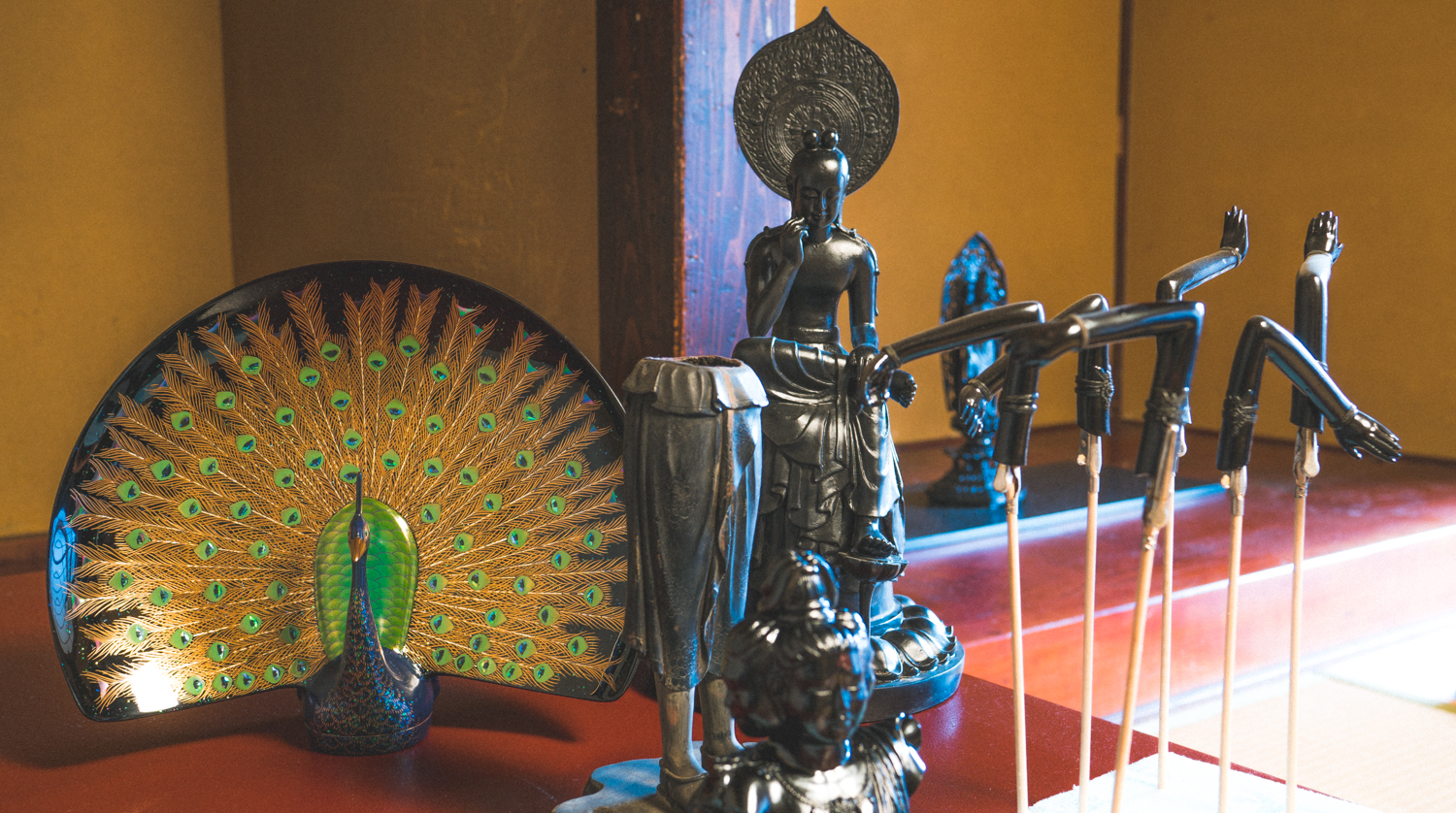More and more people in affluent societies are able to choose their lifestyle, the goods they buy, and their favorite articles in affluent societies. Now, articles made from glass, plastics, and stainless steel can be mass-produced and sold for around 100 yen or $1 for each item.
Accordingly, the demand for lacquerware has dramatically decreased.
It is said that 700 families were associated with the Wajima lacquering technique throughout its heyday in Wajima. However, currently, only 60 of them are engaged in the business.
This is the present condition of “the lacquer” tradition.
It is true not only for Wajima lacquering, but other traditional Japanese crafts as well. In addition, lacquer materials have switched from Japanese to much cheaper Chinese materials in order to lower the price of lacquerware.

We started a study of “the lacquer.” The goal is to not only appreciate, but maintain its presence so that it may be forever lasting in the world. There exists a threat that we may lose “the traditional lacquer culture in Japan” if we do nothing about it.
We think that it is necessary to introduce “the lacquer” which could be a lasting “treasure,” “property,” or “work of art” without being deteriorated abroad.
“The lacquer” excavated from the ancient Jomon period is attractive and can be regarded as “property” or “treasure.”
Based on the concept of “unprecedented” and “differentiation from conventional way,” we introduce a totally different discovery and technique of “Shin (core) and Shitsu (lacquer)” utilizing 100% “Japanese lacquer.”


